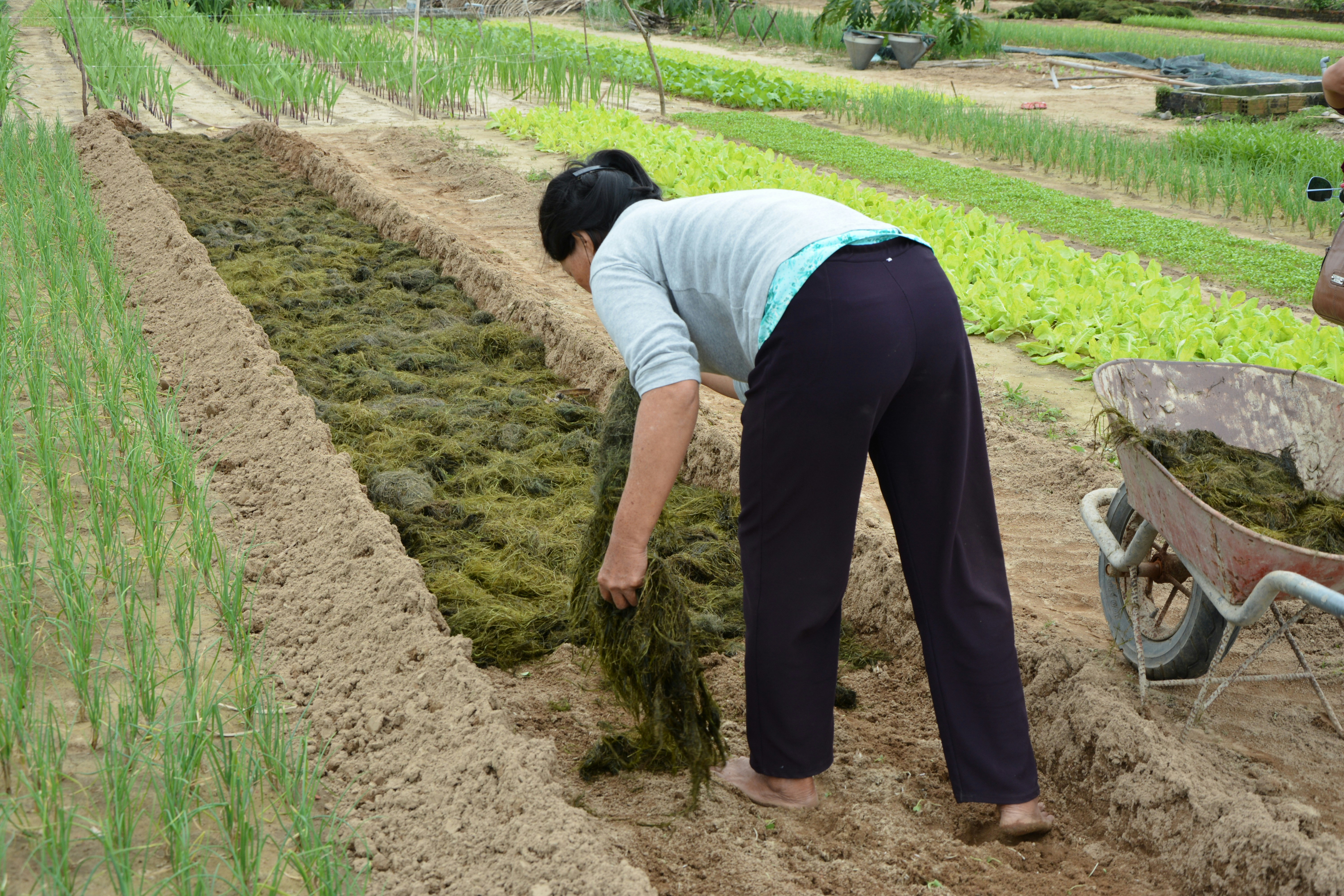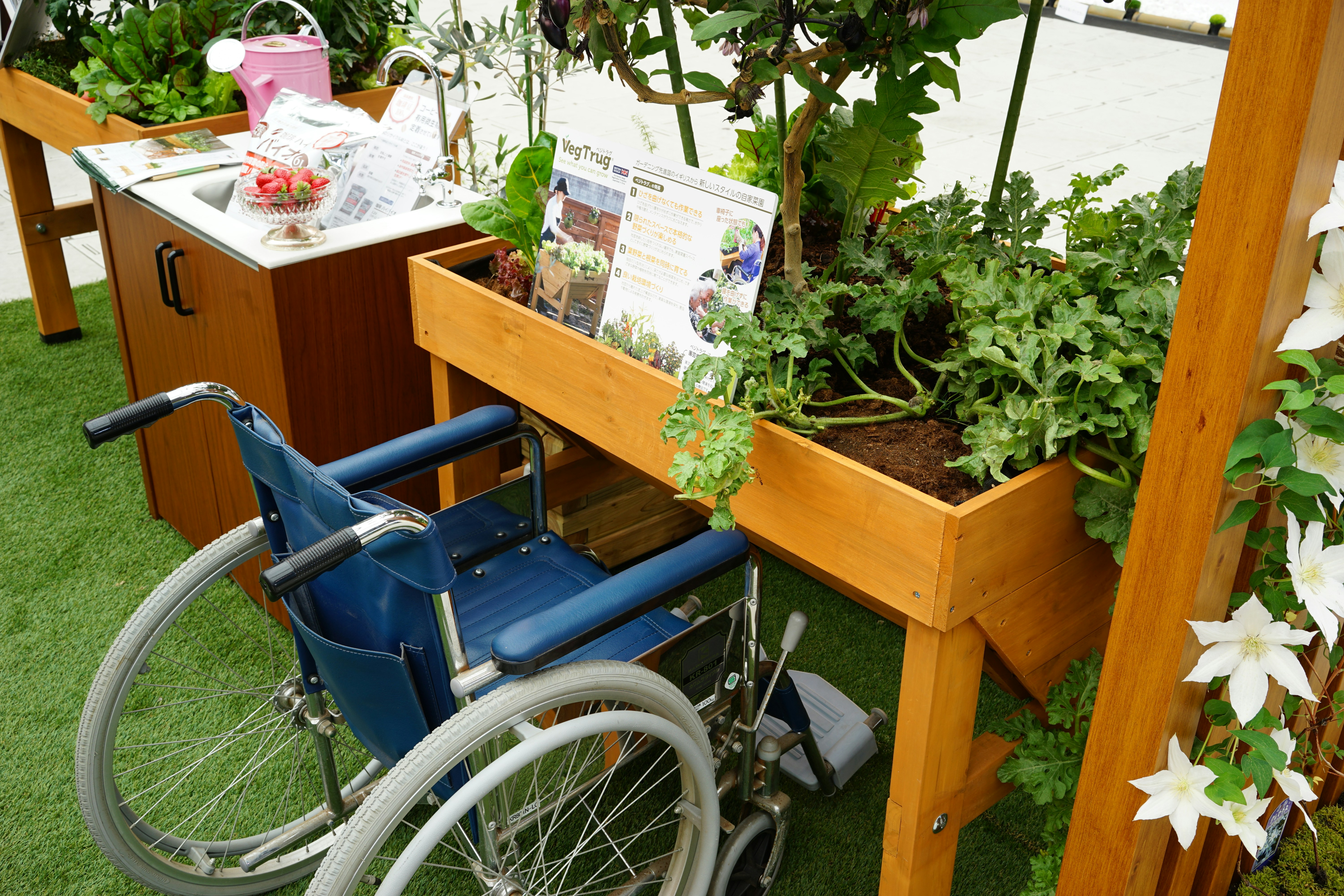Understanding Organic Gardening
Organic gardening is a holistic approach to cultivating plants without the use of synthetic pesticides, fertilizers, or genetically modified organisms. This method emphasizes the use of natural processes and organic materials to foster healthy plant growth and maintain ecological balance. The principles of organic gardening focus on improving soil health, promoting biodiversity, and encouraging a sustainable environment. Unlike conventional gardening, which often relies on chemical interventions, organic gardening seeks to create a self-sustaining ecosystem.
The cornerstone of organic gardening lies in the health of the soil. Healthy soil is rich in organic matter and microorganisms, which are essential for nutrient availability and plant vitality. Organic gardeners often enhance soil quality through practices such as composting, mulching, and crop rotation, all of which contribute to a nutritious growing medium. Additionally, maintaining soil health helps in the prevention of diseases and pests, reducing the need for chemical interventions.
One of the significant benefits of organic gardening is its positive impact on biodiversity. By utilizing diverse plant species, organic gardeners can create habitats that attract beneficial insects and wildlife. This natural approach supports biological pest control, where natural predators, such as ladybugs and lacewings, manage pest populations without the need for harmful chemical pesticides. As a result, organic gardening promotes not just the health of individual plants but also the surrounding ecosystem.
Furthermore, organic gardening contributes to environmental sustainability. By reducing chemical runoff and improving soil health, organic practices help preserve water quality and minimize the negative effects of erosion. As awareness of these benefits grows, organic gardening has become increasingly significant in promoting a greener, healthier planet for future generations. Through natural methods of fertilization and pest control, organic gardening stands as a testament to the ability of nature to thrive when given the appropriate care and respect.
Choosing the Right Plants for Your Organic Garden
Selecting the appropriate plants for an organic garden is a crucial step for beginners. The first factor to consider is your local climate. Understanding the growing zones and seasonal variations in your area will help in choosing plants that are well-suited to thrive in your specific conditions. Researching the average temperature ranges, rainfall patterns, and frost dates can guide you in making informed decisions that will enhance plant health and yield.
Another essential aspect to evaluate is the type of soil you have in your garden. Conducting a soil test to understand its pH level, texture, and nutrient content enables you to select plants that will adapt effectively. Consider incorporating soil amendments to improve drainage or enrich nutrient content, which can assist in creating an optimal growing environment. Additionally, it is beneficial to choose native plants, which are adapted to your local ecosystem and typically require less maintenance and water than non-native varieties.
Companion planting is a time-tested strategy that can significantly enhance the productivity of your organic garden. This technique involves planting two or more different species of plants in close proximity for mutual benefits, such as pest control, pollination, or increased nutrient uptake. For instance, planting basil alongside tomatoes not only enhances the flavors of the tomatoes but also helps deter harmful pests, creating a more balanced ecosystem in your garden.
For beginners, it is advisable to start with easy-to-grow plants such as herbs, radishes, and leafy greens. These plants generally have shorter growing cycles and are more forgiving of beginner mistakes. By starting small and gradually expanding your plant variety, you can gain valuable gardening experience and confidence. Selecting the right plants based on climate, soil, and companion planting strategies will ultimately lead to a successful and thriving organic garden.
Soil Preparation and Fertilization Techniques
Soil preparation is a foundational step in organic gardening, serving as the bedrock for achieving healthy plant growth. Before planting, it is crucial to conduct a soil test to assess the nutrient content and pH levels. This analysis provides valuable insights that allow gardeners to tailor their soil amendments effectively. High or low pH levels can affect nutrient availability, making it essential to adjust them to suit the specific needs of the plants being cultivated.
Improving soil structure enhances its capacity to hold moisture and nutrients while ensuring proper aeration. One effective method is the incorporation of organic matter, such as well-rotted compost, which not only enhances soil fertility but also fosters beneficial microbial activity. Additionally, methods like tilling and double digging can help aerate dense soils, allowing roots to penetrate more deeply and access nutrients more readily.
Building healthy, nutrient-rich soil is further complemented by composting and mulching practices. Composting involves breaking down organic waste, which results in a potent fertilizer that enriches soil with essential nutrients. Mulching, on the other hand, conserves moisture, suppresses weeds, and, as it decomposes, adds vital organic matter back into the soil.
For fertilization, several organic options are available to enhance plant growth without relying on synthetic chemicals. Compost tea, made by steeping compost in water, offers a nutrient-rich liquid that can be applied as a foliar spray or soil drench. Additionally, worm castings provide a slow-releasing nutrient source, contributing to a robust microbial ecosystem. Another valuable addition to organic gardens is green manure, which consists of cover crops grown specifically to be turned back into the soil, enriching it with nutrients and improving its structure.
Pest Management and Maintenance Practices
Effective pest management is a cornerstone of successful organic gardening. Identifying common pests, such as aphids, whiteflies, and caterpillars, is the first step toward protecting your garden from damage. Regular inspections of your plants can help you detect these pests early on, enabling you to implement effective prevention techniques before they proliferate.
One of the recommended strategies is the use of natural repellents. Solutions made from ingredients such as garlic, neem oil, or cayenne pepper can deter pests without harming beneficial insects. Additionally, incorporating beneficial insects like ladybugs and lacewings can help control pest populations naturally, as these insects prey on their less desirable counterparts. Creating a habitat that attracts beneficial insects can enhance your garden’s ecosystem and contribute to a more balanced environment.
Physical barriers can also serve as effective pest management tools. Floating row covers and insect netting can be employed to shield vulnerable plants from pests while allowing sunlight and moisture to penetrate. Additionally, handpicking larger pests, like caterpillars, and disposing of them can prevent outbreaks. Regularly cleaning your garden area to eliminate debris and potential breeding grounds can further enhance pest control efforts.
Maintaining an organic garden also necessitates routine maintenance tasks that promote overall plant health. Consistent watering, for example, is critical—too much or too little water can stress plants and render them more susceptible to pests and diseases. Weeding is essential as well, as weeds compete for nutrients and can harbor pests. Finally, practicing crop rotation can help break the life cycles of pests and diseases, reducing their prevalence over time. By integrating these pest management and maintenance practices, a healthy, thriving organic garden can be cultivated.






